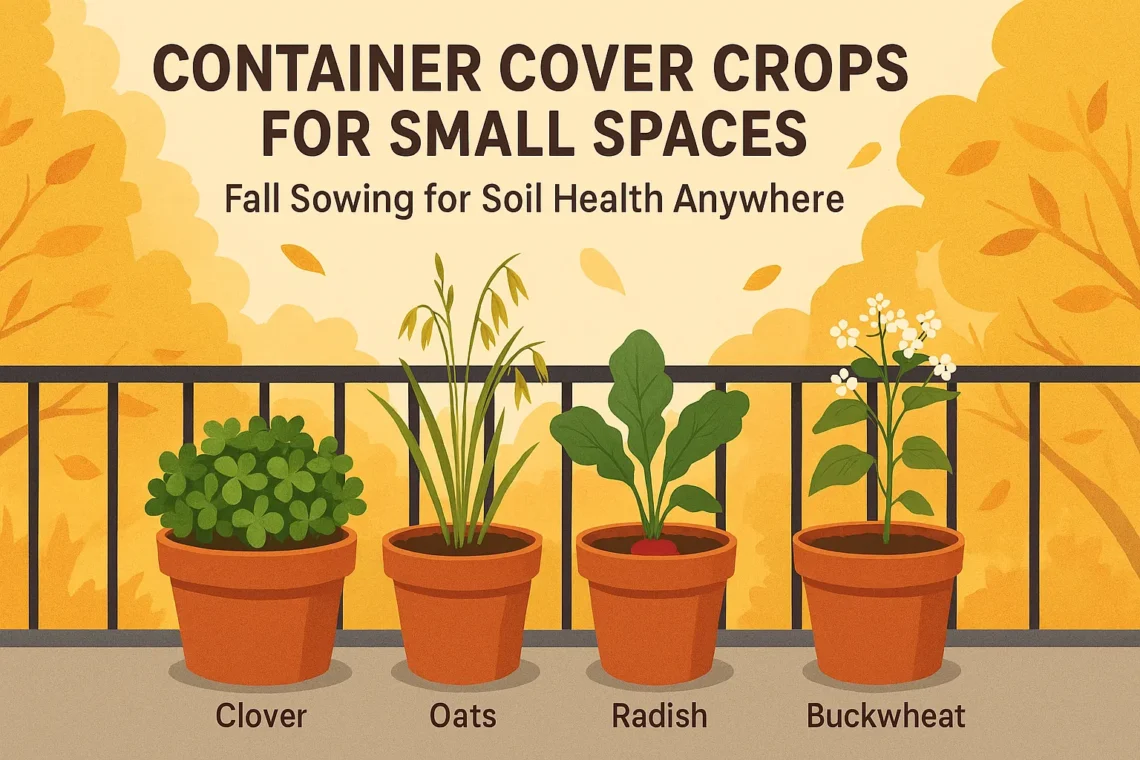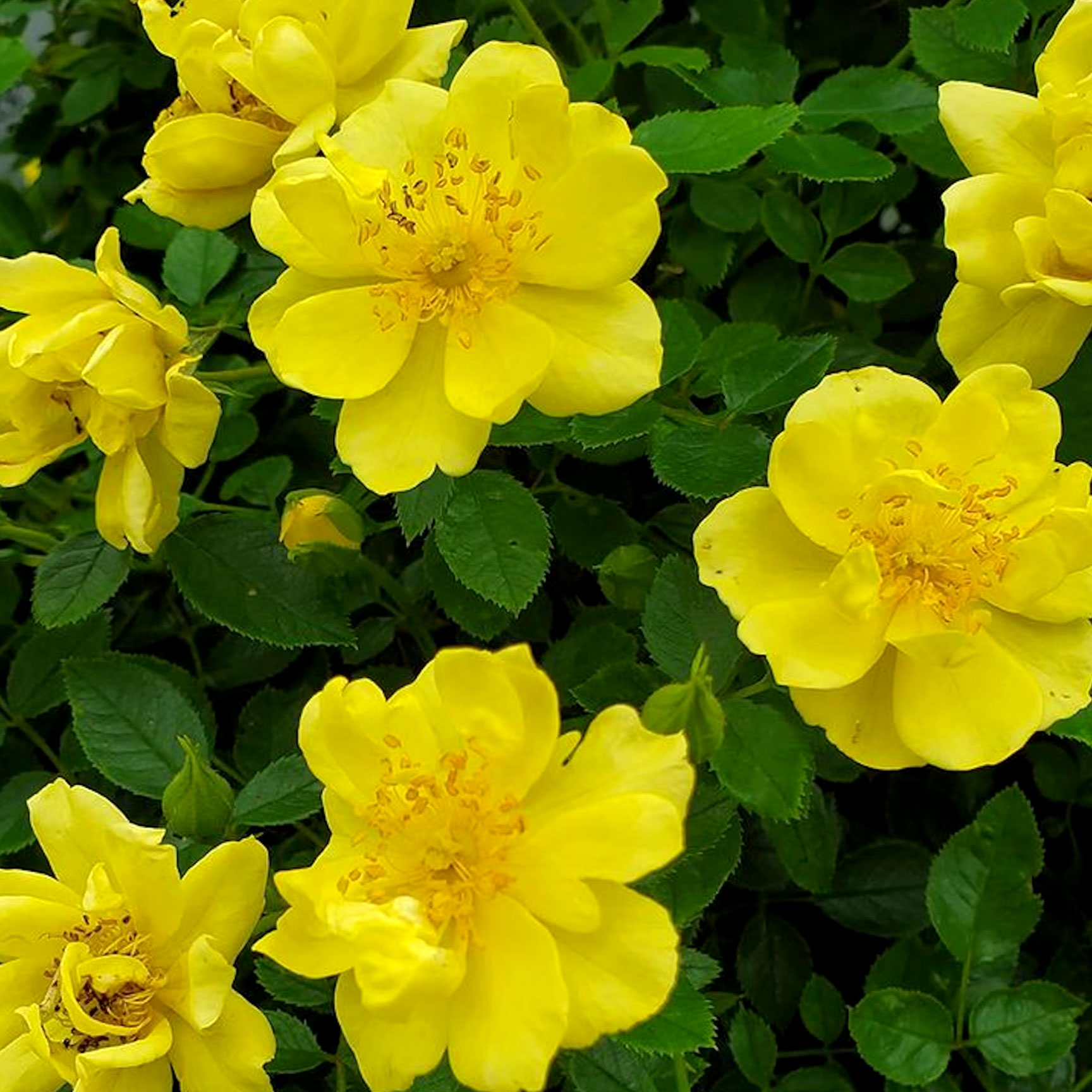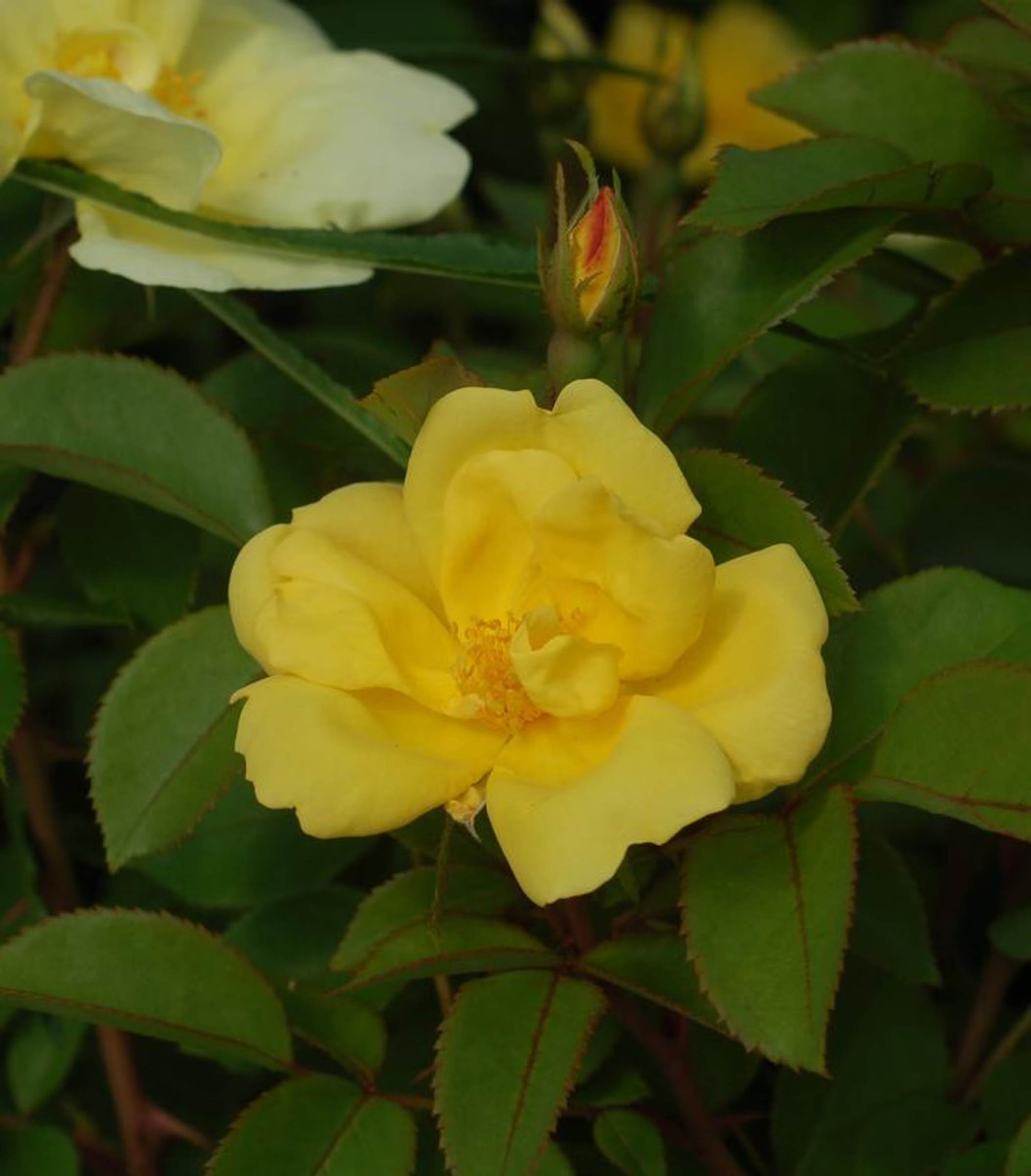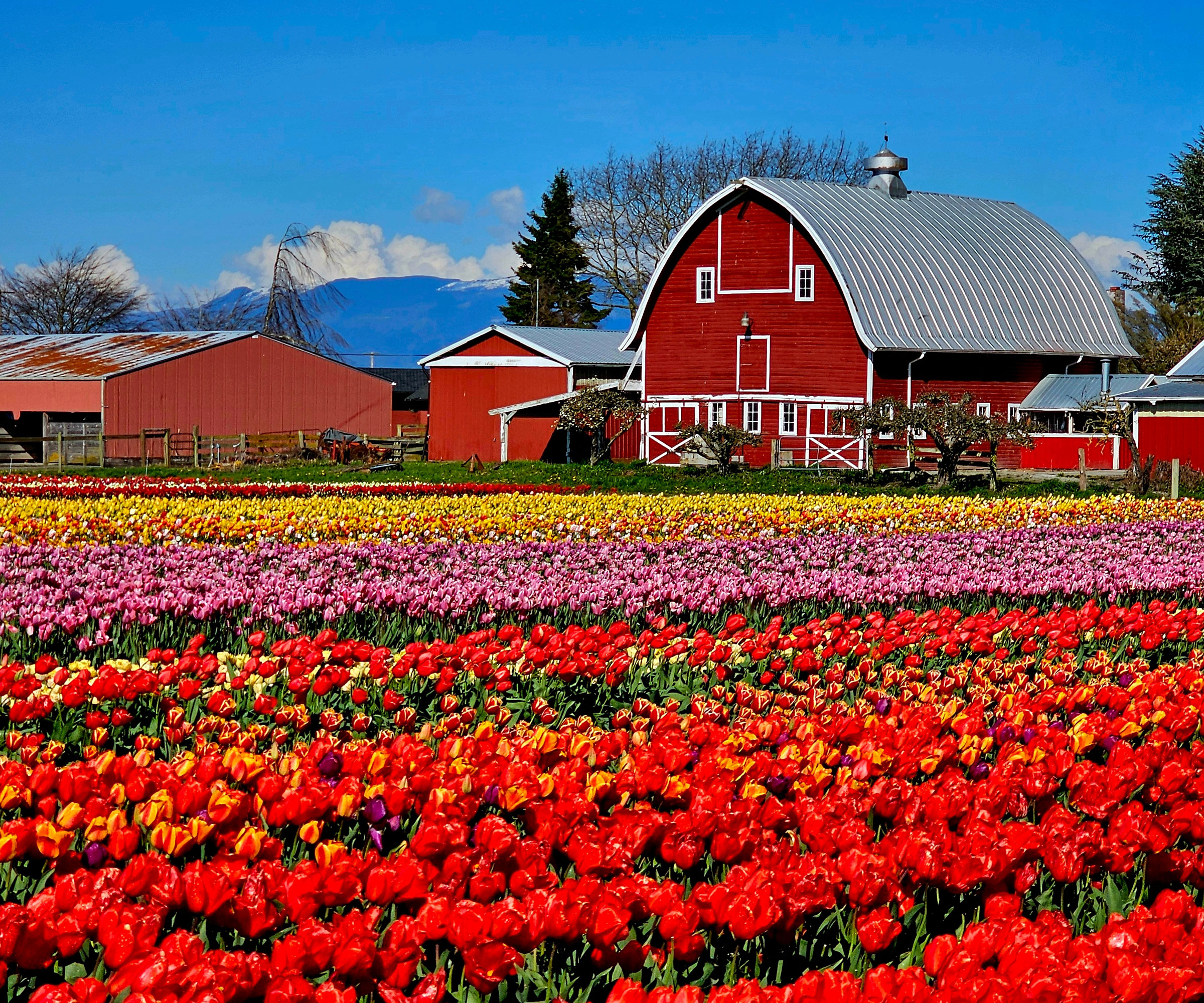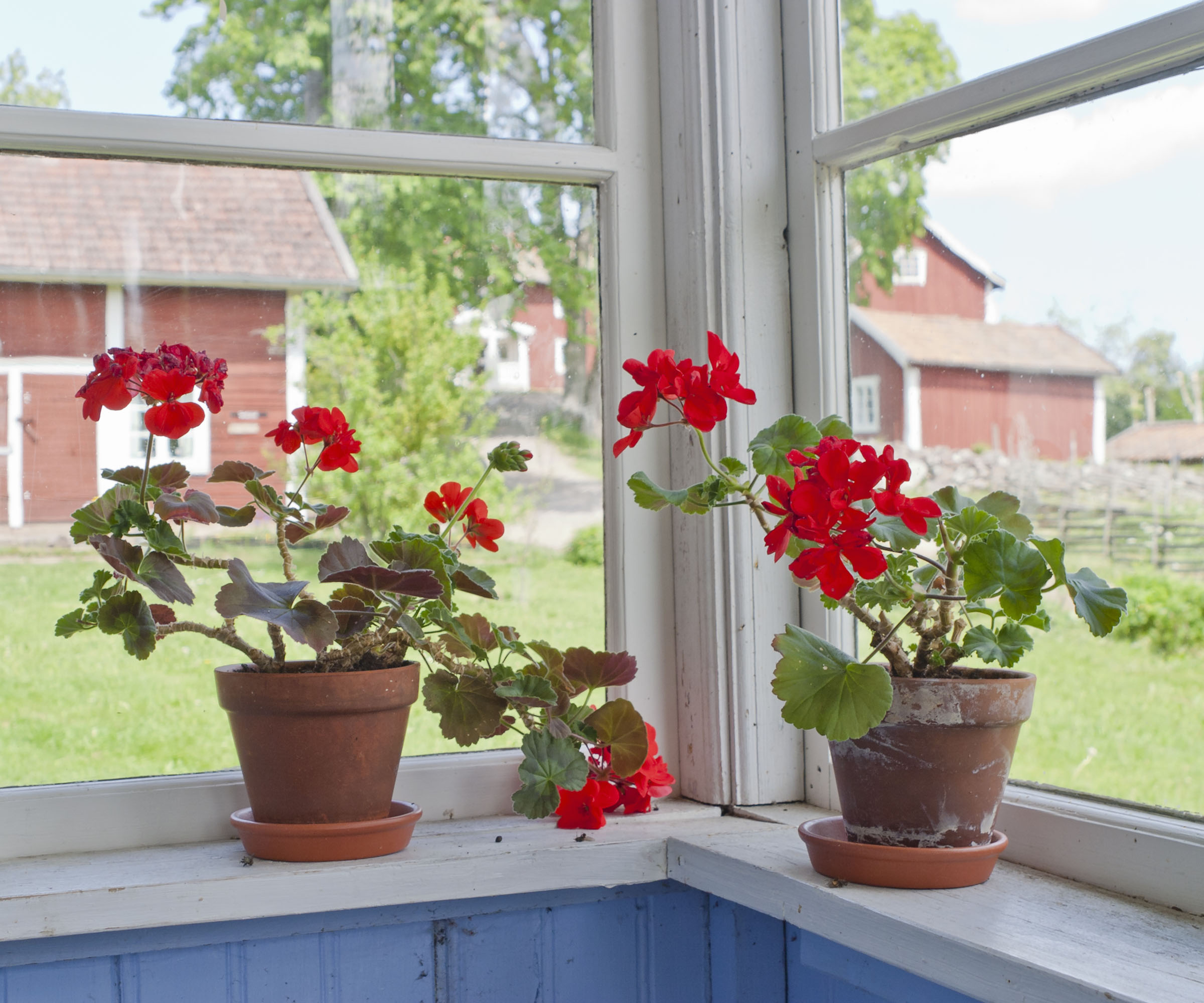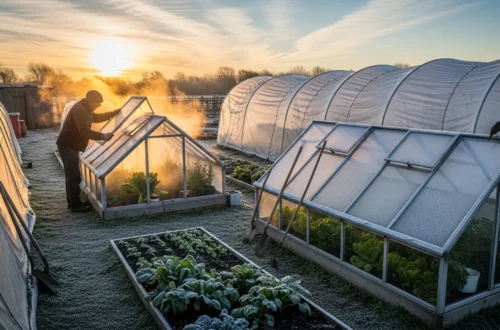Table of Contents
Table of Contents
Introduction: Rethinking Soil Care in Small Spaces
Most people think of cover crops as something reserved for sprawling farms or backyard plots. But here’s the twist: even a balcony container or patio pot can host a mini soil-reviving ecosystem. By sowing cover crops in containers during fall, you’re not just filling pots with greenery—you’re building living soil, cutting down on fertilizer needs, and creating a pollinator-friendly corner that thrives long after the season ends.
This guide will show you how to choose the right cover crops, sow them in containers, and manage them for maximum soil health. Whether you’re working with a balcony garden, a small patio, or even a windowsill container, you’ll discover that soil care isn’t limited by space—it’s powered by strategy.
What makes Container Cover Crops so powerful is their ability to transform overlooked spaces into thriving ecosystems. A single pot of clover on a balcony can quietly enrich soil, attract pollinators, and reduce your need for synthetic fertilizers. The twist? While most gardeners chase the next trendy plant, those who embrace cover crops in containers are investing in the invisible foundation of gardening success—living soil.
Think of this guide as both a playbook and a mindset shift. Instead of treating containers as temporary homes for seasonal plants, you’ll learn how to turn them into permanent soil-building systems. By the end, you’ll see that Container Cover Crops aren’t just a clever trick for small spaces—they’re a long-term strategy for healthier, more resilient gardening anywhere.
Here’s the twist: Container Cover Crops don’t just save your soil—they save your time. Instead of hauling in new potting mix every season, you’re training your containers to regenerate themselves. That’s the mark of an experienced gardener: not working harder, but letting nature do the heavy lifting.
Why Cover Crops Work in Containers
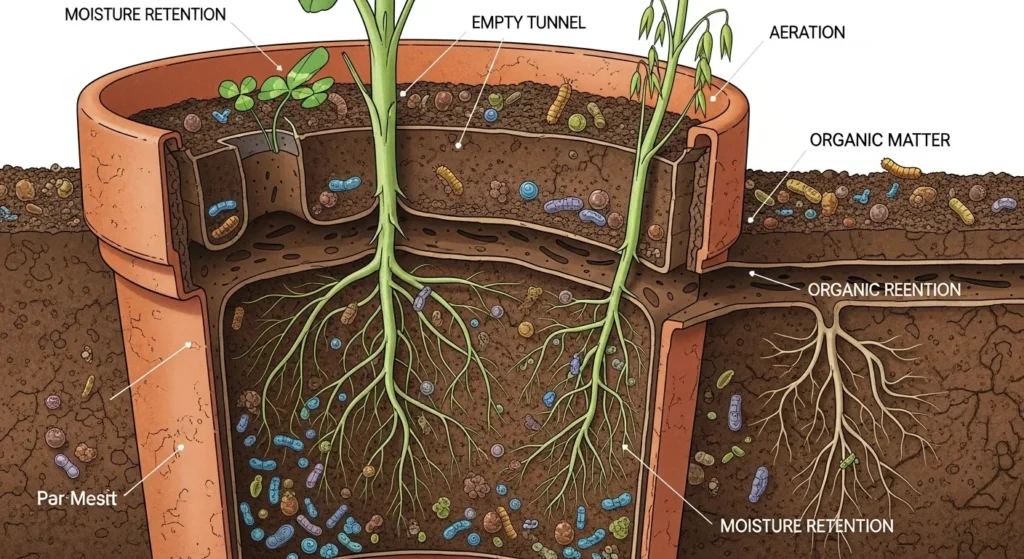
Soil Health in Small Spaces
Healthy soil is the foundation of any thriving garden, but container soil often gets depleted quickly. Cover crops act as a natural soil amendment, adding organic matter, improving structure, and preventing compaction —much like the process of making leaf mold in just 6–8 weeks, which enriches soil naturally. For a deeper dive into soil health practices, check out the USDA Soil Health Principles.”
. Unlike synthetic fertilizers, they feed the soil ecosystem, not just the plants.
Experienced gardeners often describe Container Cover Crops as “mini soil factories” because they continuously recycle nutrients within a closed system. Even in a 10-inch pot, the root systems of oats or clover create microscopic channels that improve aeration and water retention. This means your container soil doesn’t just survive from season to season—it evolves, becoming richer and more resilient with every cycle. The twist? While most people think of containers as static, Container Cover Crops prove that even the smallest soil bed can be dynamic and self-renewing.
- Internal link suggestion: Link to your article on “How to Revive Tired Potting Soil” for readers who want deeper soil science.
Fall Timing Advantage
Fall is the sweet spot for sowing cover crops. Cooler temperatures reduce stress on seedlings, pests are less aggressive, and natural rainfall helps establish roots. By the time spring arrives, your containers will be filled with nutrient-rich soil ready for vegetables or flowers.
Another overlooked benefit of sowing Container Cover Crops in fall is the way they act as a living shield. Instead of leaving bare soil exposed to pounding rain or sudden cold snaps, the cover crop canopy protects delicate soil microbes. Think of it as a natural quilt for your containers—keeping the soil community warm, active, and ready to burst into life when spring planting begins. This seasonal twist ensures that your pots don’t just “rest” over winter; they actively recharge.
Beyond Soil—Pollinators & Aesthetics
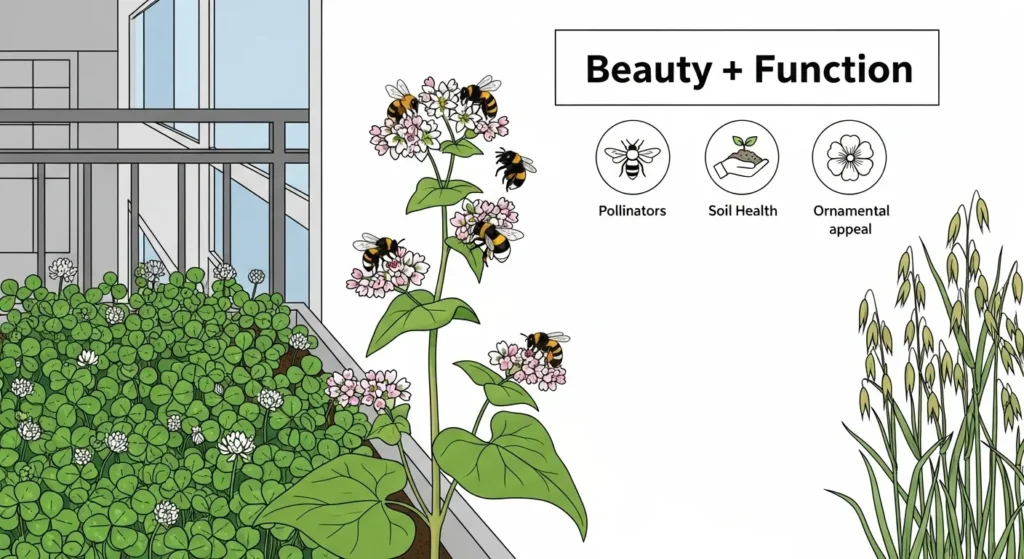
Cover crops aren’t just functional—they’re beautiful. Buckwheat blooms attract pollinators, clover adds a lush carpet of green, and oats create a graceful texture—enhancing garden beauty just like black flowers for a moody spring garden do.
. Think of them as living décor that doubles as soil medicine.
The twist? These Container Cover Crops often become conversation starters. Visitors expect flowers or herbs in pots, not a lush carpet of clover or a stand of oats. Suddenly, your balcony isn’t just a garden—it’s a teaching space, a living example of how soil health and beauty can coexist.
Choosing the Right Cover Crops for Containers
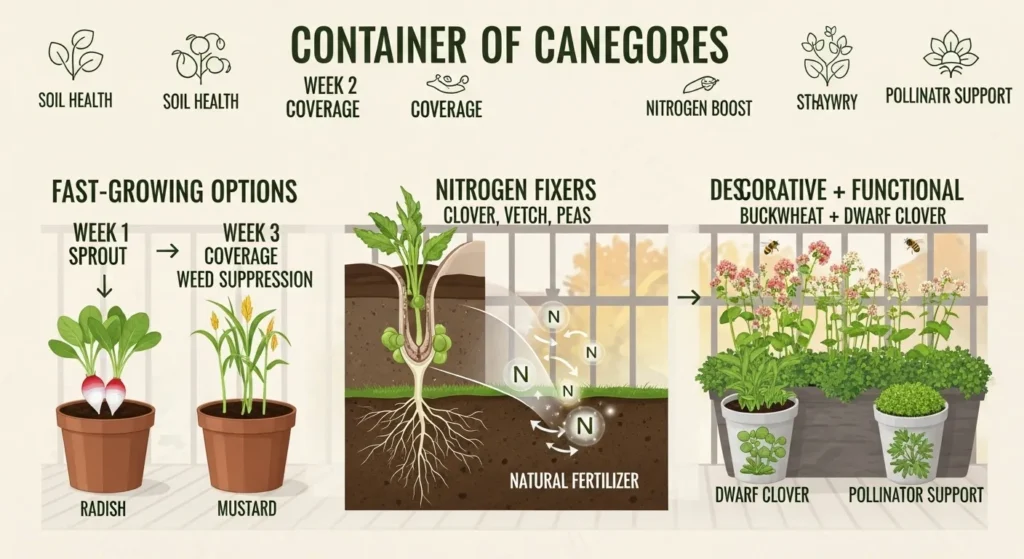
Fast-Growing Options
If you want quick results, go for radish, oats, or mustard. These crops germinate fast, cover the soil quickly, and suppress weeds. They’re ideal for gardeners who want to see visible results in weeks, not months.
The beauty of fast-growing Container Cover Crops is that they also double as quick soil testers. If your radishes sprout unevenly or your oats look pale, it’s a subtle signal that your soil mix may need more compost or organic matter. In this way, these crops aren’t just growing—they’re communicating. The twist is that your containers become diagnostic tools, giving you real-time feedback on soil health while still improving it.
Nitrogen Fixers
Legumes like clover, vetch, and peas are powerhouse nitrogen fixers. They pull nitrogen from the air and store it in root nodules, enriching your soil naturally. In containers, this means less reliance on fertilizers and healthier spring crops.
Here’s where experience shows: seasoned gardeners often rotate nitrogen-fixing Container Cover Crops with fast-growing ones. This creates a rhythm—one season building nutrients, the next adding biomass. The twist is that your containers start to mimic the crop rotations of large farms, but on a balcony scale.
Decorative + Functional
If you want beauty and function, buckwheat is your best friend. It grows fast, flowers quickly, and attracts beneficial insects. Dwarf clovers also add a lush, ornamental look while quietly improving soil.
How to Sow Cover Crops in Containers This Fall
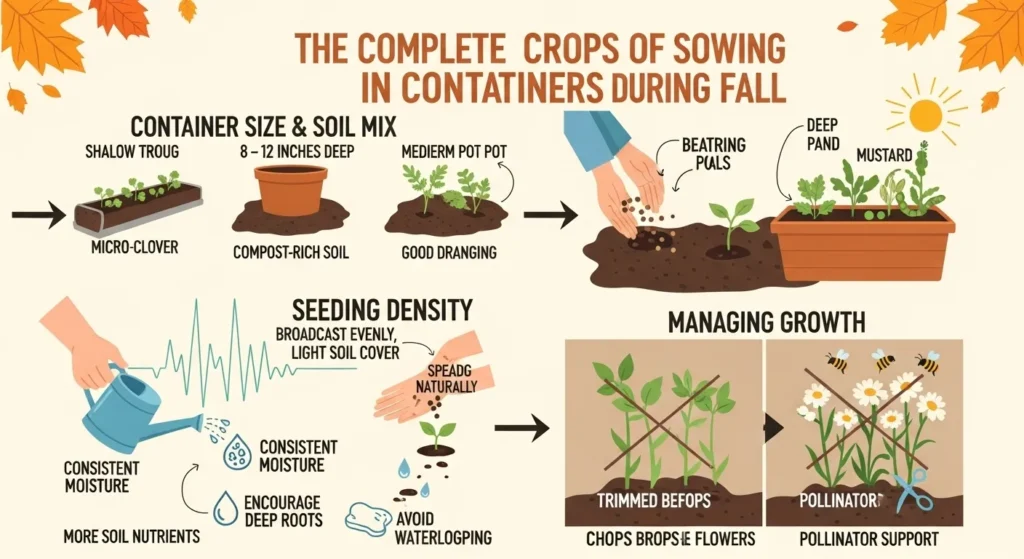
Container Size & Soil Mix
Not all containers are created equal. For cover crops, aim for at least 8–12 inches of depth. Use a compost-rich potting mix with good drainage. Shallow pots can still host micro-cover crops like dwarf clover.
Many gardeners underestimate how adaptable Container Cover Crops can be. For example, a shallow herb trough can host a dense carpet of micro-clover, while a deep patio planter can support a mix of oats and peas. By experimenting with different container depths, you’ll discover that cover crops aren’t limited to one “ideal” setup—they flex to fit your space. The twist? Sometimes the most surprising results come from unconventional containers, like repurposed buckets or even old wooden crates.
Seeding Density
Scatter sowing works best in containers—simply broadcast seeds evenly across the surface and lightly cover with soil. For legumes, spacing is less critical since they spread naturally.
Watering & Care
Keep soil consistently moist until germination. Once seedlings establish, reduce watering slightly to encourage deeper root growth. Avoid waterlogging, as container crops are prone to root rot.
Pro tip: Container Cover Crops are surprisingly forgiving, but they thrive on consistency. Think of watering not as a chore but as a rhythm—like tuning an instrument. The twist? Once established, these crops often need less water than vegetables, making them the perfect low-maintenance soil guardians.
Managing Growth
Decide whether you want to trim before flowering (to maximize soil nutrients) or let them bloom (to support pollinators). Either way, don’t let them go to seed unless you want volunteers popping up next season.
Harvesting, Cutting Back, and Reusing Soil
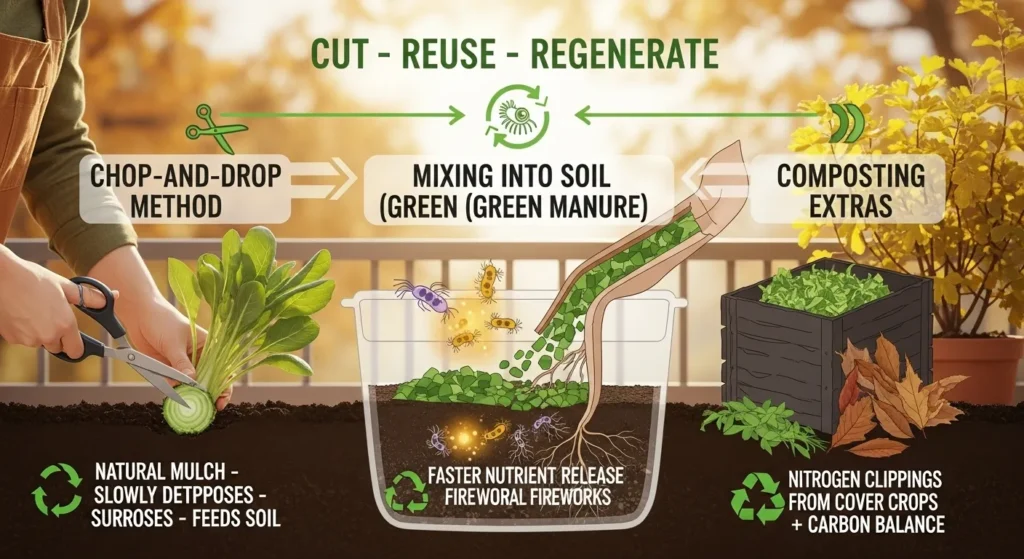
Chop-and-Drop Method
The simplest method: cut plants at the base and leave them on the soil surface. This creates a natural mulch that slowly decomposes, feeding the soil.
Over time, this chop-and-drop approach turns Container Cover Crops into a self-sustaining cycle. Instead of constantly buying new potting soil, you’re essentially manufacturing your own organic matter right inside the container. The twist here is financial as well as ecological: what looks like a simple snip with scissors is actually a long-term investment in reducing gardening costs while boosting soil vitality.
Mixing Into Soil
For faster nutrient release, chop the cover crops and mix them into the top few inches of soil. This “green manure” approach jumpstarts microbial activity.
The twist here is microbial fireworks. When you mix Container Cover Crops into soil, you’re not just adding green matter—you’re feeding billions of invisible allies. Experienced gardeners know this is the secret sauce: microbes break down roots and stems into plant-ready nutrients, turning yesterday’s cover crop into tomorrow’s harvest.
Composting Extras
If your containers produce more biomass than they can handle, toss the extras into your compost bin—similar to building a sustainable system with an in-ground keyhole composter. You can also explore practical composting tips from the EPA’s Composting at Home guide.
. Cover crops are rich in nitrogen and balance out carbon-heavy materials like dried leaves.
- Keyword focus: composting cover crops, urban gardening, soil improvement
- Internal link suggestion: Link to your “Beginner’s Guide to Composting in Small Spaces”.
Common Mistakes to Avoid
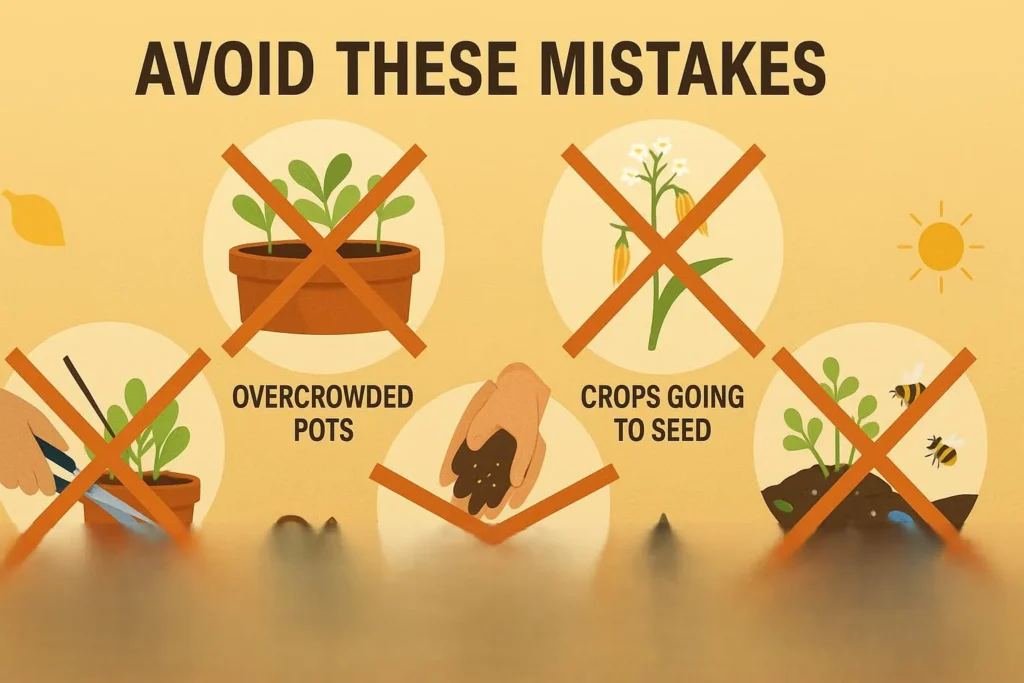
- Overcrowding containers: Too many seeds compete for nutrients.
- Letting crops go to seed: Unless intentional, this drains soil nutrients.
- Forgetting drainage holes: Cover crops hate soggy roots.
- Using poor soil mix: Skip cheap fillers—cover crops need nutrition to give nutrition.
Another common oversight is treating Container Cover Crops as “one and done.” In reality, the magic happens when you repeat the cycle season after season. Each round of cover cropping adds another layer of organic matter, creating a compounding effect on soil health. The twist? By year two or three, you’ll notice your containers behaving more like miniature raised beds—holding moisture better, resisting pests, and producing stronger plants with less input.
Conclusion: Small Containers, Big Soil Wins
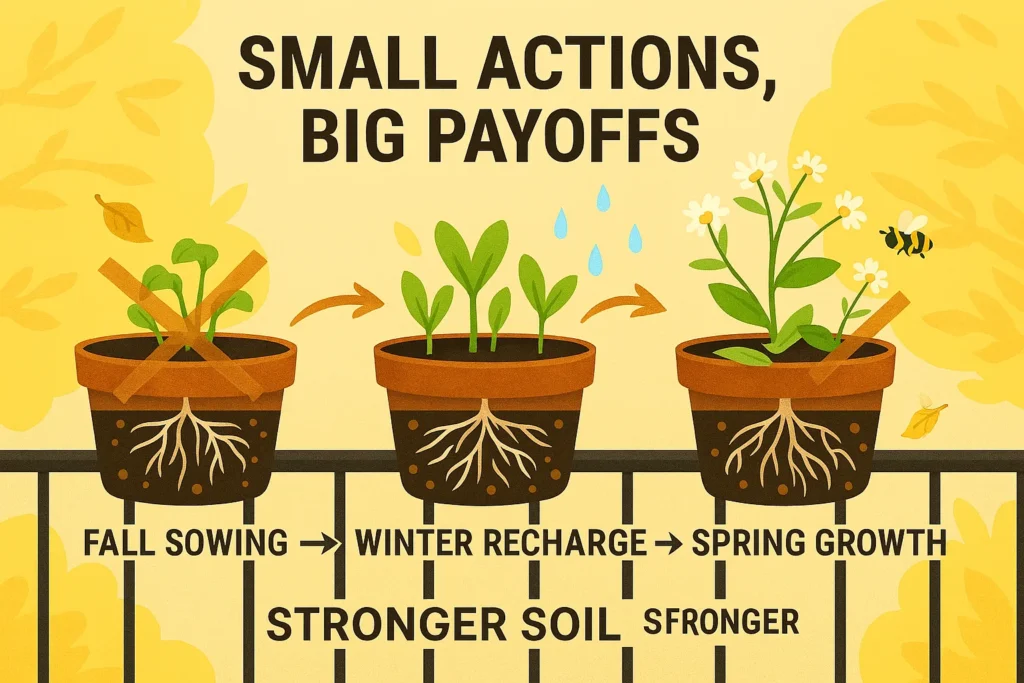
Here’s the twist most gardeners miss: you don’t need acres of land to reap the benefits of cover crops. A few balcony pots or patio containers can transform into living soil factories, enriching your growing medium, supporting pollinators, and reducing your reliance on fertilizers.
By sowing cover crops this fall, you’re not just planting seeds—you’re planting resilience. Come spring, your containers will be primed for vegetables, herbs, or flowers, with soil that’s healthier than when you started.
The real beauty of Container Cover Crops is that they reward patience. Each season you repeat the cycle, your soil becomes richer, your plants stronger, and your gardening costs lower. It’s a compounding effect—small actions in fall leading to big payoffs in spring and beyond. The twist? You’re not just gardening in containers anymore; you’re cultivating a regenerative system that mirrors nature’s own rhythms.
So, as you look at your balcony, patio, or even that single pot by the window, imagine it not as a limitation but as an opportunity. With Container Cover Crops, every square inch of soil becomes a renewal stage. And when your neighbors wonder why your plants look healthier with less effort, you’ll know the secret: it all started with a handful of seeds sown in the fall.
And here’s the final twist: Container Cover Crops don’t just improve soil—they improve gardeners. They teach patience, observation, and respect for the unseen processes beneath the surface. By practicing this cycle, you’re not only growing healthier plants—you’re growing into a more resilient, resourceful gardener yourself.
📢 Call-to-Action
Ready to put this into practice? Start small—pick one container, scatter a handful of seeds this fall, and watch how quickly your soil transforms. With Container Cover Crops, every pot becomes a living soil factory. Don’t wait until spring to improve your garden—begin today and let nature do the heavy lifting for you.
❓ FAQ: Container Cover Crops
Q1. What are Container Cover Crops?
Container Cover Crops are plants, such as clover, oats, radish, or buckwheat, grown in pots or small planters to improve soil health. They add organic matter, boost nutrients, and protect soil microbes even in limited spaces.
Q2. Why should I grow Container Cover Crops in the fall?
Fall offers cooler temperatures, fewer pests, and natural rainfall—ideal conditions for establishing cover crops. By spring, your containers will be enriched with living soil, ready for vegetables or flowers.
Q3. Which Container Cover Crops are best for beginners?
Fast-growing plants like oats, mustard, or radish are ideal for quick results. Clover and peas are excellent nitrogen fixers, while buckwheat adds beauty and attracts pollinators.
Q4. How do I plant Container Cover Crops?
Choose a container at least 8–12 inches deep, scatter seeds evenly, cover lightly with soil, and keep the mix moist until germination. Once established, reduce watering slightly to encourage deeper roots.
Q5. How do I manage Container Cover Crops once they mature?
You can chop and drop them as mulch, mix them into the soil as green manure, or compost the extras. Each method recycles nutrients and strengthens your container soil for the next planting season.
Q6. Do Container Cover Crops really save money?
Yes. By regenerating soil naturally, they reduce the need for synthetic fertilizers and fresh potting mix each season—making them both eco‑friendly and cost‑effective.

